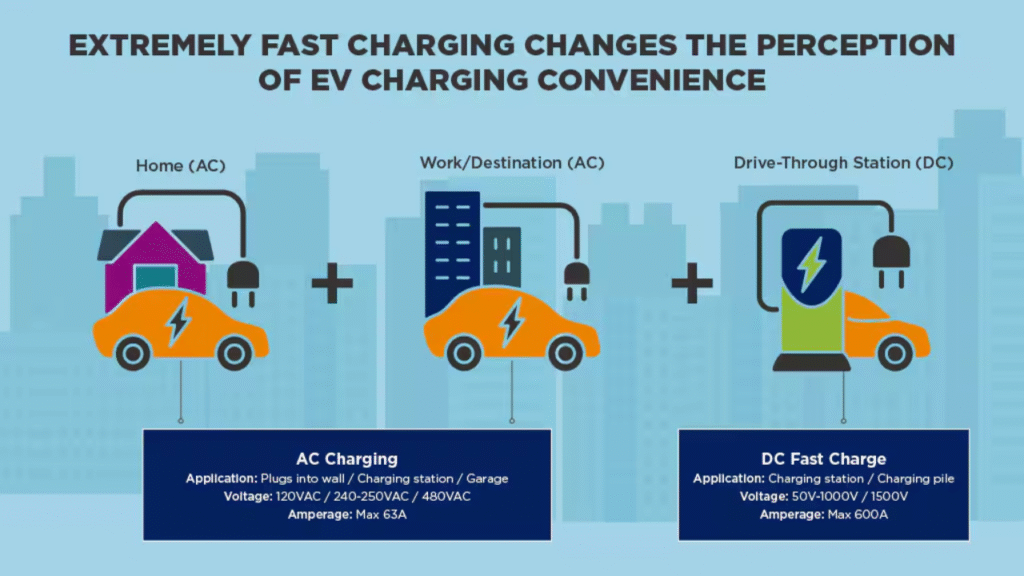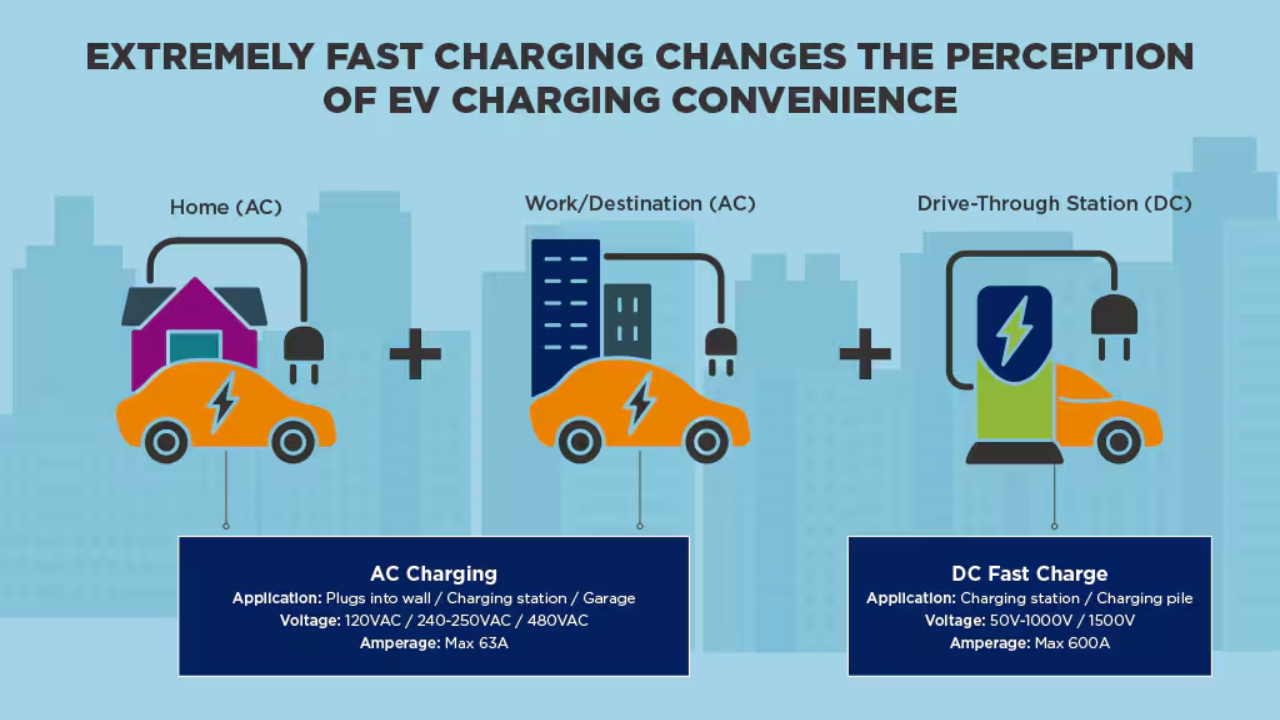
Electric vehicles (EVs) are no longer futuristic concepts — they’re real, fast-growing, and rapidly becoming a mainstream choice for drivers globally. But while EV adoption is surging, a major bottleneck threatens to short-circuit progress: inadequate and uneven charging infrastructure. As governments push for greener transportation and automakers commit to all-electric futures, solving the charging puzzle is more urgent than ever.
The Rise of EVs — And the Need to Charge Them
Electric vehicle sales have skyrocketed in recent years. In 2025, global EV penetration is estimated to surpass 20% of total car sales. But for every new EV on the road, the demand for accessible, reliable, and fast charging grows. Without a robust charging network, range anxiety, long queues, and inconsistent user experiences become serious hurdles.
Key Challenges in EV Charging Infrastructure
1. Lack of Sufficient Public Charging Stations
In most cities and towns, the number of public chargers hasn’t kept pace with EV growth. While home charging is an option for many, millions who live in apartments or don’t have private garages rely on public infrastructure.
2. Urban vs. Rural Disparity
Urban centers are witnessing a relatively faster deployment of EV chargers due to higher population density and commercial interest. Meanwhile, rural and suburban areas remain underserved, discouraging adoption outside metro regions.
3. Slow Charging Speeds at Many Locations
Level 1 and Level 2 chargers — often found in public parking lots or residential zones — take hours to fully charge a vehicle. Fast chargers (DCFC), which significantly reduce wait time, are still rare and expensive to install.
4. Grid Capacity and Energy Demand
The electrical grid in many regions is not prepared for the increased load that mass EV charging requires. Peak-hour charging can stress the grid, especially in areas with aging infrastructure.
5. Interoperability Issues and Payment Friction
Different EV brands and charging networks often operate with incompatible hardware, software, or payment systems. This fragmented ecosystem creates a confusing user experience, requiring multiple apps or memberships.
6. High Cost of Infrastructure Deployment
Installing fast chargers, especially in remote areas, involves not just hardware but also construction, grid upgrades, and maintenance — all of which are capital-intensive. This delays private investment in charger networks.
Government and Private Sector Efforts
Despite the challenges, stakeholders are working to expand and improve charging infrastructure:
- Government Incentives and Mandates: Many countries offer subsidies to build public chargers, with some even requiring new buildings to include EV charging capacity.
- Public-Private Partnerships (PPPs): Collaborations between municipal bodies and private companies are creating charging corridors and networks in high-traffic areas.
- Innovations in Charging: Wireless charging, portable charging stations, and vehicle-to-grid (V2G) technologies are being explored to make charging more flexible and less infrastructure-dependent.
Table: Key Challenges vs. Potential Solutions
| Challenge | Proposed Solutions |
|---|---|
| Inadequate public charging stations | Incentivize installation in malls, offices, highways |
| Urban-rural disparity | Targeted rural electrification and subsidies |
| Slow charging speeds | Expand DC fast charging infrastructure |
| Grid pressure during peak hours | Smart grid integration and time-based pricing |
| Fragmented user experience | Standardize hardware, payment apps, and network access |
| High upfront costs | Government funding and investor tax benefits |
EV Charging Types and Their Features
| Charging Level | Charging Time (0–80%) | Typical Use Case | Infrastructure Requirement |
|---|---|---|---|
| Level 1 | 8–12 hours | Home charging (110V outlets) | Minimal |
| Level 2 | 4–6 hours | Home/workplace/public garages | Requires 240V setup |
| DC Fast Charge | 20–60 minutes | Highways, commercial hubs | High-power grid connection |
| Ultra-Fast | <15 minutes (emerging) | Long-distance travel stations | Complex, high-cost infrastructure |
Regional Differences in Charging Infrastructure
| Region | Progress Level | Key Challenges | Unique Efforts |
|---|---|---|---|
| North America | Moderate to high | Interoperability, rural access | Tesla Supercharger expansion |
| Europe | High | Grid stress, peak demand | EU Green Deal EV incentives |
| Asia-Pacific | Mixed | Density vs. distribution | China’s rapid fast charger rollouts |
| Africa | Low | Grid access, affordability | Pilot solar charging stations |
The Road Ahead: Scaling EV Infrastructure
1. Standardization and Regulation
Governments must enforce standard plug types, payment systems, and installation codes to streamline the EV charging process for users.
2. Smart Charging and Energy Storage
Dynamic charging based on grid load, paired with battery storage, can stabilize power demands and lower costs for operators and consumers.
3. Integration With Renewable Energy
Solar-powered charging stations and hybrid grids can reduce carbon footprints while enhancing energy independence.
4. Incentives for Businesses and Real Estate Developers
Encouraging private players to install EV chargers in commercial spaces, apartments, and parking garages can rapidly scale accessibility.
5. Focus on Inclusive Access
Rural and low-income areas must not be left behind. Tailored programs that bring affordable charging options to underserved regions are critical.
Overview Table
| Category | Current Status | Main Challenge | Key Player/Initiative |
|---|---|---|---|
| Public Chargers | Growing slowly | Low density outside cities | ChargePoint, EVgo |
| Fast Charging | Limited coverage | High cost, grid upgrade required | Tesla Superchargers, Ionity |
| Rural Infrastructure | Underdeveloped | Lack of incentive, ROI | Govt. rural EV programs |
| Charging Speed | Improving, still limited | Hardware and grid constraints | ABB, Electrify America |
| Interoperability | Fragmented | Proprietary systems, poor UX | Plug & Charge ISO 15118 standard |
| Grid Readiness | Inadequate in many regions | Peak-hour pressure, aging systems | Smart Grid Alliances |
Conclusion
The shift to electric vehicles is not just about swapping engines for batteries — it’s about rethinking how we power mobility. Charging infrastructure is the backbone of this transition, and while we’re making progress, it’s not fast or equitable enough yet. Addressing these systemic challenges requires cross-sector collaboration, smarter policy, and bold investment. The future of clean transportation depends on it.
3 One-Line FAQs
Q1: What is the biggest hurdle in EV adoption today?
A lack of widespread and fast charging infrastructure.
Q2: Can the power grid handle mass EV adoption?
Not without upgrades, smart charging, and load-balancing innovations.
Q3: Why are rural areas lagging in EV infrastructure?
Lower population density and poor return on investment discourage deployment.

